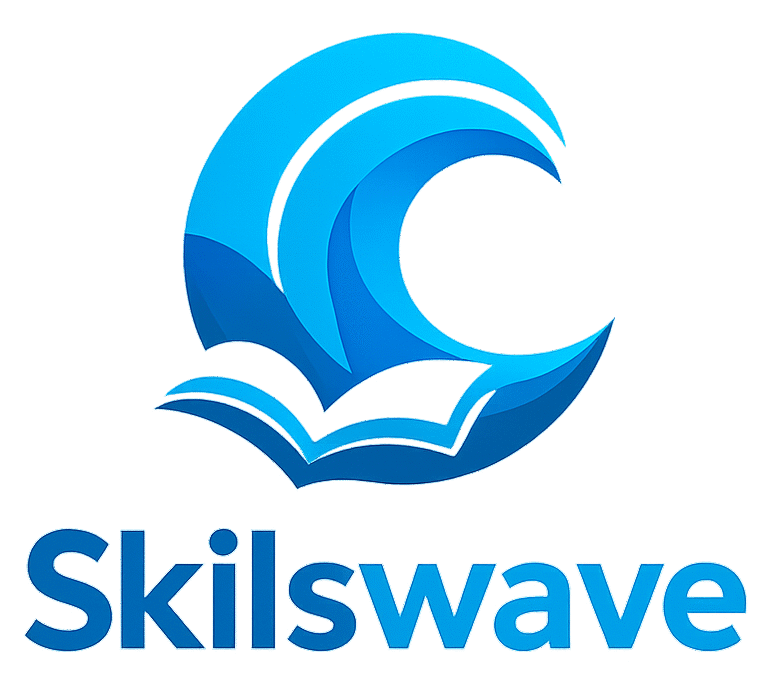 Designing a niche training curriculum can feel overwhelming at first. I’ve found that crafting a program for a highly targeted group comes with its own set of challenges, but it’s also really rewarding. When I design content that meets a specific need, participants are more involved and the results are noticeable. The trick is knowing what details to focus on and how deeply to check them out.
Designing a niche training curriculum can feel overwhelming at first. I’ve found that crafting a program for a highly targeted group comes with its own set of challenges, but it’s also really rewarding. When I design content that meets a specific need, participants are more involved and the results are noticeable. The trick is knowing what details to focus on and how deeply to check them out.
When I started working on training programs for small, specialized audiences, I quickly realized that copying broad, onesizefitsall templates doesn’t work. I needed an approach that’s practical, flexible, and detail oriented. If you want to create a training curriculum that actually helps your learners, understanding their needs and the outcomes you want to drive is the first step.
This guide shares my best tips for designing effective niche training curriculums, whether you’re building your first program for a specialized business team, a hobby group, or an advanced professional audience. Let’s get into the stepbystep approach and cover some strategies that have proven useful for engaging and motivating niche learners.
Understand Your Audience and Their Goals
Before I get started on any curriculum, I spend extra time researching my audience. This goes beyond knowing their job titles or basic demographics. I try to answer questions like: What do they already know? What are their main challenges? What motivates them? For a niche group, these details can vary a lot. Gaining these insights helps me avoid the mistake of being too generic or missing what really matters.
Key Questions to Pinpoint Your Audience’s Needs:
- What problem am I solving for this group?
- How much experience do participants already have?
- Are there any terms, tools, or skills that are completely new to them?
- What format fits their learning style best? (selfpaced, live, hands on, etc.)
Getting clear answers here helps me spot which topics deserve extra attention and which ones can be skipped. I usually talk directly to potential learners or to people who know them well, like managers or community organizers. I’ve even shadowed learners during their day to check out their workflows or pain points.
Audience Example:
- If I’m creating a curriculum for digital marketing in the real estate sector, the content will look very different than a general digital marketing course. I’ll shine a light on platforms and strategies used by real estate agents and skip areas that don’t apply to property sales.
Set Clear, Actionable Learning Objectives
Every effective curriculum starts with clear objectives. I like to focus on what participants should be able to do by the end of the course, not just what they should know. For a niche group, these goals have to be both specific and realistic for the learners’ actual environment.
How to Create Good Learning Objectives:
- Use clear, active language (“trace network issues using protocol X” instead of “understand network troubleshooting”).
- Describe a visible skill or behavior rather than vague knowledge.
- Limit the objectives to a manageable number, ideally three to five main takeaways for most short curriculums.
When writing these objectives, I keep them posted where I can see them as I structure the course. This helps me stay focused and avoid including filler content that doesn’t provide real improvement. Sometimes, if my objectives feel a little hazy, I rephrase them or show them to a colleague for feedback. Doing this upfront saves a ton of time in the long run.
Map Out the Course Structure
I organize my curriculum with a clear flow. This usually means breaking it into modules or sessions, each one building on what came before. A logical order is crucial because if the sequence doesn’t make sense, learners can get confused and frustrated.
My StepbyStep Process:
- List the topics and skills your audience needs.
- Order them from simple to advanced, making sure each part prepares them for the next.
- Decide the format for each module (lecture, group work, project, discussion, etc.).
- Add assessments or checkpoints to review progress and understanding.
For niche programs, I keep the structure flexible and leave room to mix things up if needed. If something isn’t working, I try a different approach or adjust the sequence based on feedback. I’ve had to rework entire modules after the first trial when I noticed learners needed more practice before moving forward.
Include Practical, RealWorld Examples
In my experience, nothing helps learners more than seeing how a skill or concept works in real life. For any niche curriculum, I bring in stories, sample problems, or hands on activities that match what participants will actually face. This relevance is especially motivating for groups who may have felt overlooked in traditional training setups.
Ways I Make Content Practical:
- Walk through true to life case studies.
- Build scenarios based on actual challenges.
- Create miniprojects that use real data or tools.
- Invite guest speakers with relevant experience.
Participants remember lessons much more vividly when they can put ideas into practice right away. In one technical training I designed, switching from lectures to more casestudy discussions doubled how many people finished the course and passed the assessment. Real world learning is what brings information to life and sticks over time.
Balance Depth With Brevity
One struggle I face with niche topics is deciding how deep to go. I want to cover all details that matter, but I also don’t want to overwhelm people with too much info. I use frequent checkins and feedback to know if I’m moving too quickly or spending too long on one idea. It’s a balancing act.
How I Keep Content Balanced:
- Start with the basics and quickly move into deeper details as learners show they’re ready.
- Offer optional resources for extra content without making it required for everyone.
- Check in regularly with short quizzes or Q&A sessions to smooth out any confusion.
This approach builds a strong foundation for everyone, while also making sure advanced participants get value from their time. When in doubt, I’d rather provide support materials as links or handouts, so no one feels left behind or overloaded.
Test, Gather Feedback, and Improve
After delivering any curriculum for the first time, I collect feedback as soon as possible. I ask participants what worked, where they wish they had more guidance, and what didn’t feel relevant. I use surveys, quick interviews, or even casual conversations after class to catch honest opinions.
Key Feedback Areas:
- Clarity of instructions
- Usefulness of examples and activities
- Pace of the session
- Overall confidence in applying learned skills
This feedback loop always leads to small, or sometimes major, changes for the next version. My best training programs have gone through several upgrades, each one smoother to deliver and more valuable for participants. I often keep a “lessons learned” log to make sure I don’t miss good ideas.
Common Questions & Troubleshooting
What if my learners have very different skill levels?
I often deal with mixed groups. My solution is to build optional challenges for advanced learners and provide extra support materials for beginners. Group discussions help everyone learn from different perspectives and create a feeling of community.
How much detail should I include?
I focus on what participants will actually use in their context. Anything extra can be offered as a bonus. If I’m not sure, I check in with a test group for their opinions before finalizing the curriculum. Occasionally, I also revisit this during the course based on real time reactions.
What if live delivery isn’t possible?
- Use prerecorded videos or written lessons with interactive components like quizzes or assignments.
- Set up online forums or regular Q&A calls for support and checkins.
Blended learning methods work too. The key is to adapt your materials so everyone feels supported and can progress at their own pace.
Practical Steps for Building Your Curriculum
After years of designing training programs for niche teams and communities, I rely on a straightforward action plan that grows with each project:
- Get to know your learners and their real needs through honest conversations and research.
- Define what you want them to achieve, and make the goals as specific as possible.
- Break the content into clear, manageable sections or modules that build on each other.
- Use practical activities, real examples, and regular checkins to keep learners engaged.
- Test, ask for feedback, and keep improving the course with each new group.
When I stick to these steps, both I and my learners see better results with more engagement and practical skills that actually stick. If you’re building your own niche curriculum, starting small and making it personal to your audience’s needs can make all the difference. There’s no right way for every situation; focus on flexibility and constant improvement. Taking the time to shape your training for your unique audience sets everyone up for success. Wrapping up, building a niche curriculum is as much about learning from your learners as it is about teaching them—so keep listening, adapting, and celebrating your progress along the way!
